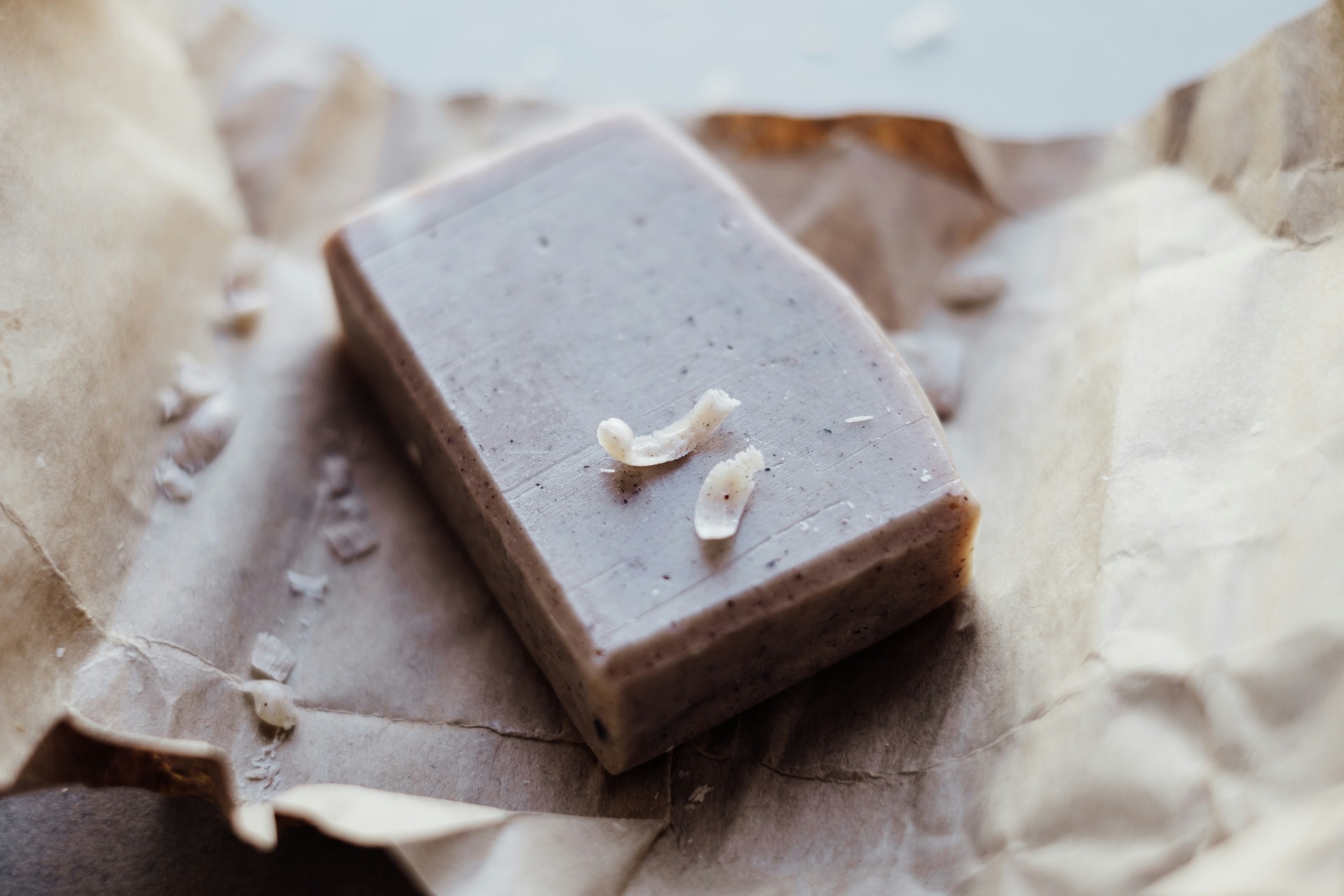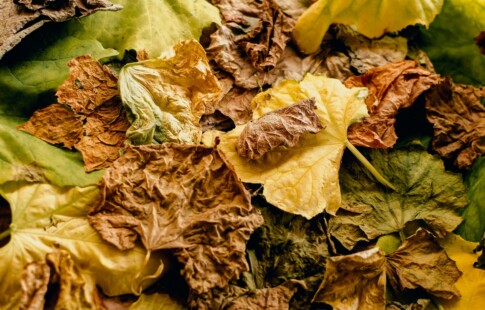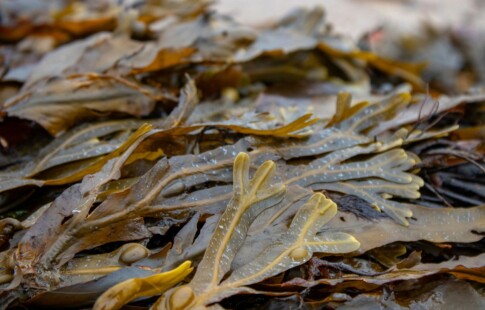
How to Make Soap with Organic Ingredients for a Greener Home
We are reader-supported. When you buy through links on our site, we may earn affiliate commission.
How to make soap at home is becoming more popular as people embrace sustainable living and the satisfaction of DIY projects. By crafting your soap with organic ingredients, you can avoid the harsh chemicals often in store-bought products, which is excellent for your skin and overall health.
Plus, it’s easy to reduce your environmental impact by reducing plastic waste and using natural, biodegradable materials. Making soap is a simple, fun, and eco-friendly way to take control of what you use every day while contributing to a greener planet.
Why Make Organic Soap?
Many commercial soaps marketed for skin cleansing contain chemicals like parabens and synthetic fragrances that can do more harm than good. Parabens — used to extend shelf life — have been linked to hormone disruptions. Meanwhile, synthetic fragrances often trigger allergic reactions or skin sensitivities.
These ingredients can irritate your skin and damage its natural barrier, leaving you with dryness, redness, or long-term issues. Worse, when these chemicals are rinsed away, they end up in waterways, polluting the environment and harming aquatic life.
You take better care of your skin and the planet by choosing organic soap. Organic soaps are free from harsh chemicals and use biodegradable, natural ingredients that won’t harm waterways or ecosystems. Plus, if you have sensitive skin, organic soap is a great alternative since it’s made with gentle, nourishing ingredients less likely to irritate. You’ll get all the cleansing benefits without worrying about harmful toxins or skin issues.
Organic Ingredients for Soap Making
Starting with the right ingredients is essential to make your organic soap. Each component is pivotal in soap-making, from creating the lather to providing skin-nourishing benefits. Here are the key ingredients you’ll need to create a gentle, eco-friendly soap that’s good for your skin and the environment:
- Organic oils (coconut oil, olive oil, shea butter): These provide moisturizing and skin-soothing properties while also helping create a rich lather.
- Lye (sodium hydroxide): A crucial ingredient in soap-making, lye triggers the saponification process that turns oils into soap. However, it’s neutralized during the process.
- Organic essential oils (lavender, eucalyptus, peppermint): These add a natural fragrance to your soap without synthetic chemicals. Some oils, like lavender, can also lessen acne, even skin tone, and reduce wrinkles.
- Natural colorants (spirulina, turmeric, cocoa powder): These give your soap beautiful, natural hues without artificial dyes.
- Optional additives (oatmeal, dried herbs, activated charcoal): You can add these for exfoliation, detoxification, or extra skin benefits, depending on your preferences.
Tools and Equipment
Before you begin making your organic soap, gathering the right tools and equipment is important. Proper supplies ensure a safe and efficient process while helping you achieve the best results. Here’s what you’ll need to get started:
- Safety gear (gloves, goggles, long sleeves): Essential for protecting your skin and eyes while handling lye. Direct skin contact with this substance can cause redness, pain, and severe skin burns.
- Soap molds: These can be silicone, wooden, or repurposed containers, giving your soap its final shape.
- Mixing bowls and utensils (stainless steel or glass): Used for combining ingredients, avoiding materials that may react with lye.
- Digital scale: This is crucial for saponification and is used to precisely measure oils, lye, and other ingredients.
- Thermometer: Helps ensure your oils and lye are at the correct temperature before combining them.
Guide on How to Make Soap
Once you have all your ingredients and tools ready, it’s time to start making your soap. The process involves several key steps to ensure it turns out perfectly. Here’s a simple step-by-step guide to help you:
- Measure and prepare ingredients: Use your digital scale to measure the correct amounts of oils, lye, and water for your recipe.
- Ensure safety: Put on your safety gear — including gloves and goggles — to protect yourself when working with lye.
- Mix the lye solution: Slowly add lye to water (never the reverse) and stir until it dissolves. Let it cool to the right temperature.
- Melt and combine oils: Heat your oils until they’re fully melted and allow them to cool slightly.
- Blend to trace: Carefully combine the lye solution with the oils and blend with a stick blender until the mixture reaches a pudding-like consistency, known as “trace.”
- Add fragrances and colorants: Stir in your organic essential oils and natural colorants to give the it a pleasant scent and appearance.
- Pour into molds: Transfer the mixture into your molds and smooth the surface with a spatula.
- Let it cure: Allow it to set in the models for 24 to 48 hours. Remove and let it cure in a dry, ventilated space for four to six weeks before using.
Environmental and Personal Benefits of Organic Soap
Making organic soap at home is excellent for your skin and the environment. One of the most significant eco-friendly advantages is reducing plastic waste. Many commercial soaps come in plastic bottles, which are notoriously difficult to recycle because they’re made from tiny pieces of different types of plastic. Creating your soap eliminates the need for plastic packaging, helping you reduce landfill waste and pollution.
On a personal level, learning how to make soap allows you to control what goes into it. This ensures you avoid allergens, harsh chemicals, and artificial additives in commercial soaps. This makes homemade options a much gentler alternative for sensitive skin and those prone to allergic reactions. With organic ingredients, you can rest easy knowing you’re not introducing harmful substances into your body or the environment.
Tips for Customizing Your Organic Soap
One of the best parts about making your soap is the freedom to experiment and personalize each batch to suit your preferences. The possibilities are endless, whether you want to try different scents, colors, or textures. Here are some tips to help you get creative with your recipes.
- Experiment with essential oil blends: Mix different essential oils to create unique, natural scents that match your mood or season.
- Use various oils for different benefits: Try swapping or combining oils to adjust the soap’s moisturizing properties. Remember, some edible oils, like citrus, may harm your skin, especially if you go into the sun.
- Play with colorants: Incorporate ingredients like spirulina (green), turmeric (yellow), or cocoa powder (brown) to give the product beautiful, earthy colors.
- Add natural exfoliants: Incorporate ingredients like ground coffee, oatmeal, or sea salt for an exfoliating soap that gently buffs away dead skin.
- Include special additives: Personalize with skin-loving extras like dried herbs, aloe vera, or honey for added benefits like soothing and hydration.
Learn How to Make Soap for a Greener Lifestyle
Get creative with different ingredients and turn soap-making into a fun, sustainable hobby that benefits you and the environment. Starting today, you can enjoy healthier skin while contributing to a greener home and a more eco-friendly planet.
Share on
Like what you read? Join other Environment.co readers!
Get the latest updates on our planet by subscribing to the Environment.co newsletter!
About the author

Jane Marsh
Starting from an early age, Jane Marsh loved all animals and became a budding environmentalist. Now, Jane works as the Editor-in-Chief of Environment.co where she covers topics related to climate policy, renewable energy, the food industry, and more.





